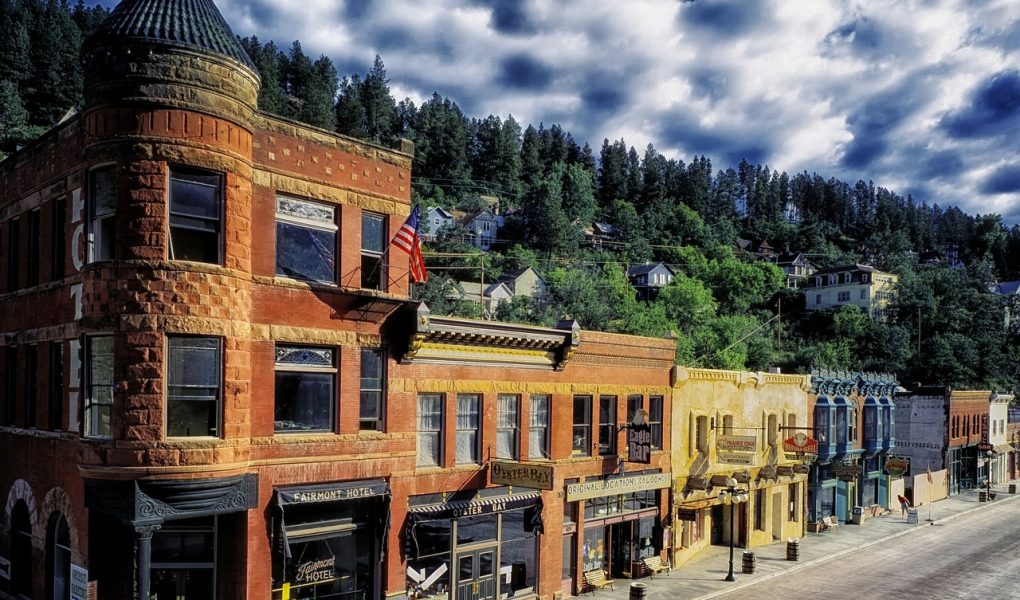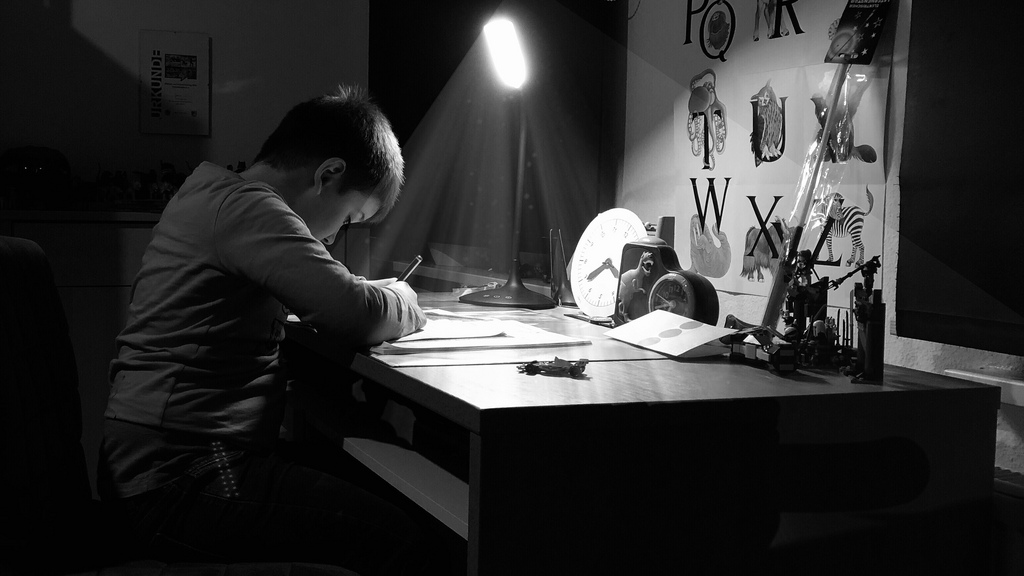One of the most fascinating aspects about social media is chancing upon a group that I was honoured to have been able to join: the Literary Fiction Writers on FaceBook. The impact it’s had on reading, writing, and millions of subject interest communities is enormous. Without social media, there is little or zero chance that a writer born and raised in Malaysia (i.e. myself) would be communicating with a writer from Dakota City, USA such as Randal Eldon Greene. For that reason alone, I am thankful for the double-edged sword that is social media. Books bring people together. And people bring books together. If you read and write literary fiction, I would consider joining the Literary Fiction Writers on FaceBook. It is the largest litfic group on social media with its 1.3K members and it’s run by Randal. I am very thrilled to have been interviewed by Randal for his author substack a month ago, and now I too have some questions for him. There are tons of gems being shared particularly if you are a fellow writer. Make sure you read to the end.
IN: Randal, what were your interests when you were growing up and where were you born and raised?
IN: Show us some photos.
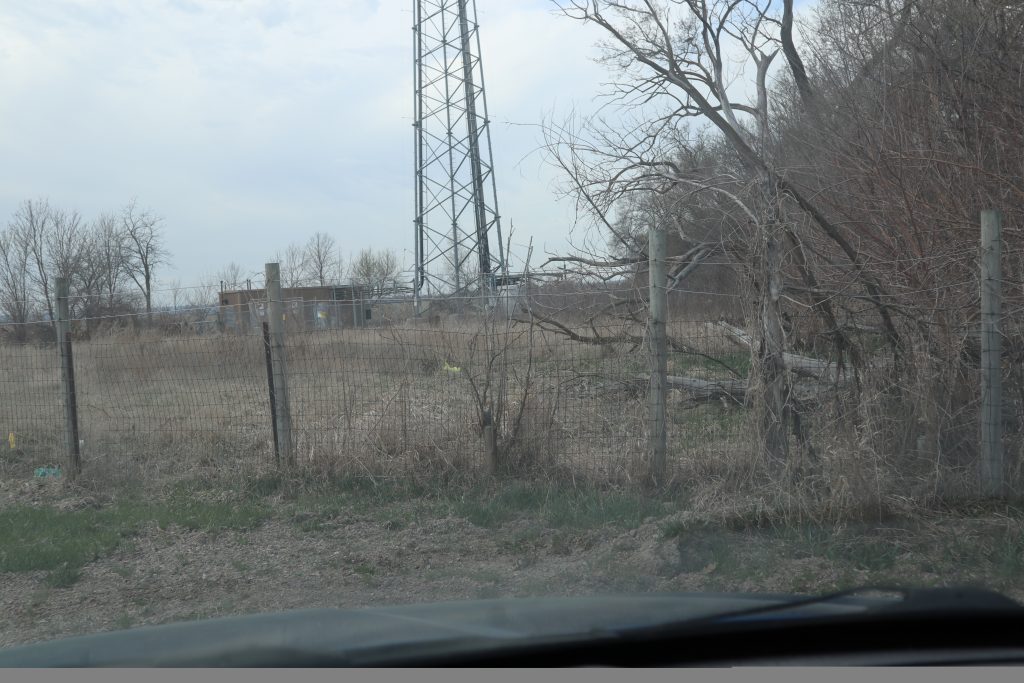
The primary edifice has always been the meat packing plant.
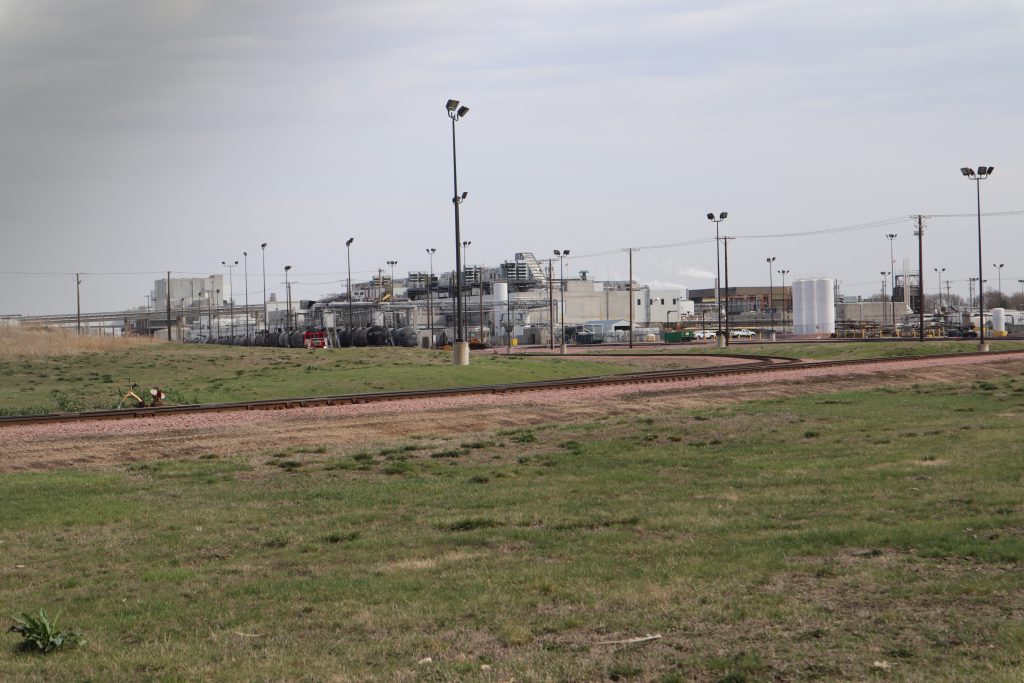
IN: Name 3 writing habits which seem to work, that you have enjoyed and stuck to, and why?
- I think writing for 3 or 4 hours at a stretch is probably better for getting into a flow state. You’re not studying for a test. The pomodoro technique of 25 minute bursts then allowing distraction is a surefire way to develop a habit of distraction. Just as you might be getting into the flow, a damn timer will tell you to step away. While everyone’s writing praxis is different, pomodoro practitioners are probably exercising bad praxis. I think most of us are likely already too distracted, maybe even writing during coffee and lunch breaks at work; we don’t need to build in yet more distraction. Louise Erdrich was so committed to nixing the habit of distraction that she literally tied herself to a chair so she’d quit getting up and leaving when she was supposed to be writing. She understood the importance of staying at the desk. So instead of investing in a pomodoro timer, maybe invest in some nice sturdy rope.
- I like to stand when I write. I have a portable standing desk. It’s been amazing on my back. I tend to pace when I think (therefore no tying myself to chairs), so I’ve found standing when I write to be an easy transition; I was always up and down out of my desk before my wife bought me a standing desk. I pace with a pen in my hand, then turn around and jot down whatever sentence I’ve formed in my mind.
- One of the best things for my writing has been the choice of pen and paper over any digital apparatus. I write with ballpoint pen (gel pens smear too easily) on unlined printer paper. While the choice of pen makes sense, I can’t explain why I use printer paper other than to say something about not liking the constraint of lines or even the boundedness of a notebook when I’m trying to be creative. I can actually tell when I was most in the flow—my handwriting becomes much smaller on the page when I’m in it. I journal in lined notebooks, and I can tell you that I write to the lines. That’s not what I want when I’m writing myself into a state of flow.
IN: I write by hand too, but I am old and need my fountain pen from when I was in school. But why write by hand in the first place?
And when I slow down, I write more.

IN: What 3 things about where you live inspire you to write?
- For one I want to get the hell out of here someday. My current house is only like a twenty minute drive from my childhood home. I love this area, but I’ve never lived outside of the tri-state region of the Northern Plains, growing up in Nebraska, attending university in South Dakota, and now living in Iowa. I want to dig at the roots of some other soil, even if the dirt isn’t all that hospitable to the fruits of my cornhusker state. Writing will hopefully allow me the flexibility to relocate someday.
- There are rather peaceful neighborhoods that I like to walk through, including my own. Seeing beautiful houses on these walks inspires me to aim for a successful career. You can call it envy, sure, but it feels much more like aspiration to me. Goal setting and all that jazz. You know, the good old American Dream. Mostly though, it’s a dream home library I’m after.
- However, this town – this whole area – is so damn blue collar; I encounter the hardest working people I’ve met anywhere, and a lot of them are just dirt poor. How can you work three jobs or one job at sixty hours a week and still be living paycheck to paycheck? Seeing this reality makes me realize that even if writing won’t make me rich, at least I’m doing something I love. It makes me feel less critical of my choice to write when I can see that working construction, a factory job, or trucking doesn’t make these guys well off at all. Sure they pretty much all make a lot more money than me, but money is the only thing they get by breaking their bodies at these jobs. I get a lot more than money when I write.
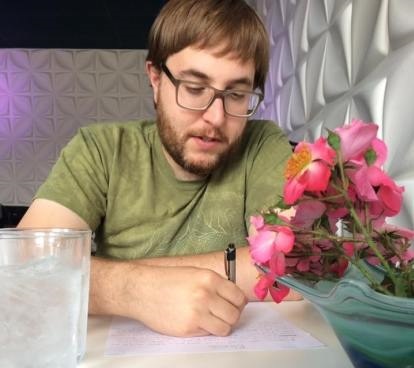
IN: Finally, Randal, leave us with an inspirational quote that you live by or try to adhere to.
“You are not entitled to the fruits of the labor, but the labor itself.”
IN: Randal, thank you so much for taking us on that gripping journey into your childhood city.
IN: It was very moving hearing from you how the contrast of living somewhere so working class has brought out the concept of writing for love. I grew up in Johor Bahru, an industrial working class port city of 2.7m; ugly, dangerous and sprawling. You could drive for 10 miles and see nothing pretty. I share your experiences. This is a wonderful eye-opener. It has made us what we are, the writing that we write. Our pain is not their pain. I was there with you, I could smell the smoke and the sewage, see the railroad tracks, the unlined paper, and all the details that makes your memories and experiences special. These are the magic moments that money cannot buy. Also I appreciate that you were driving around Dakota City to take these photos due to having your vaccinations in the area. “Thanx, Vaxx.”
IN: Randal, tell us how readers can connect with you.
RG:
YouTube: I’ve filmed a bunch of things with the intention of editing and uploading them on YouTube for the writing community there known as AuthorTube. There’s only a few uploads there now, but my plan has been to begin releasing videos more regularly come April. Writing vlogs, advice, and personal experiences in the publishing world are the kinds of things you’ll find me producing. Subscribing and clicking on that little bell would do me a world of wonders. https://www.youtube.com/channel/UC4cOjye-hWsra33QGYF4x_A
My website: Of course I have a website. The most useful part of the website for my readers will be the oeuvre underneath the publications tab. There you can find links to everything I’ve ever published. If you’re truly interested in occasional blog posts, certainly subscribe. AuthorGreene.com
Twitter: Both writing and personal stuff (okay, I’m a U.S. citizen living in 2021, so let’s just call it politics) are tweeted on the weekly regular. I don’t own one of those newfangled so-called smart phones, so I can’t and won’t overload anybody’s notifications with tweets. Fun fact: Joyce Carol Oates replied to a tweet of mine once. That was the height of my Twitter career. twitter.com/authorgreene
Medium: If you don’t know, Medium is a platform where publishers and individuals can post stuff online. I’ve had a number of stories published by zines that use the Medium platform in lieu of a website. I’ve also released a few stories on it myself. Recently, I’ve been releasing short-form book reviews on Medium. There’s a Vonnegut one I’ve been putting off writing because I’m trepidatious about releasing a negative book review on a beloved author, plus one on Pamela and David Foster Wallace coming up. authorgreene.medium.com
Hello, Author: This is a newsletter of author interviews I put out on a monthly basis. The interviews are also archived on the website. Of course, I did an interview with you, Ivy, released at the end of March. You were my third interview, and it was definitely the best interview so far. Everything is currently free to read, but I’d love to see more subscribers to the newsletter. helloauthor.substack.com
Amazon: Naturally, you can find my book on Amazon (and pretty much anywhere books are sold online). I’ve written a short story collection and a big brick of a novel, both of which I’ve yet to edit. My goal is to finish the book I’ve been writing since the end of last summer soon and then get to editing these two so I can (hopefully sooner than later) see some more published work for sale by booksellers. https://www.amazon.com/Descriptions-Heaven-Randal-Eldon-Greene/dp/194186127X/
Facebook: I pretty much use Facebook for running our group Literary Fiction Writers. But I do have a personal page where I post writing content sometimes. Facebook.com/RandalEldonGreene
Please do subscribe and connect with Randal. Hop on to those platforms above. If you are a literary fiction writer, please join the Literary Fiction Writers on FaceBook. Do you have a childhood from which you draw inspiration? Have you ever been surprised by a sudden memory of where you were raised? Did you grow up in a working class city? I would love to hear from you. Please share if you enjoyed this post.
Ivy Ngeow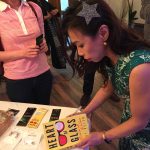 was born and raised in Johor Bahru, Malaysia. She is the author of three novels, Overboard (Leopard Print, 2020), Cry of the Flying Rhino (Proverse Hong Kong, 2017), winner of 2016 International Proverse Prize, Heart of Glass (Unbound UK, 2018) and numerous short stories. She also writes mini lifestyle books on cooking, beauty, health and fitness. She lives in London.
was born and raised in Johor Bahru, Malaysia. She is the author of three novels, Overboard (Leopard Print, 2020), Cry of the Flying Rhino (Proverse Hong Kong, 2017), winner of 2016 International Proverse Prize, Heart of Glass (Unbound UK, 2018) and numerous short stories. She also writes mini lifestyle books on cooking, beauty, health and fitness. She lives in London.
#overboard #ivyngeow Tweet me: @ivyngeow
